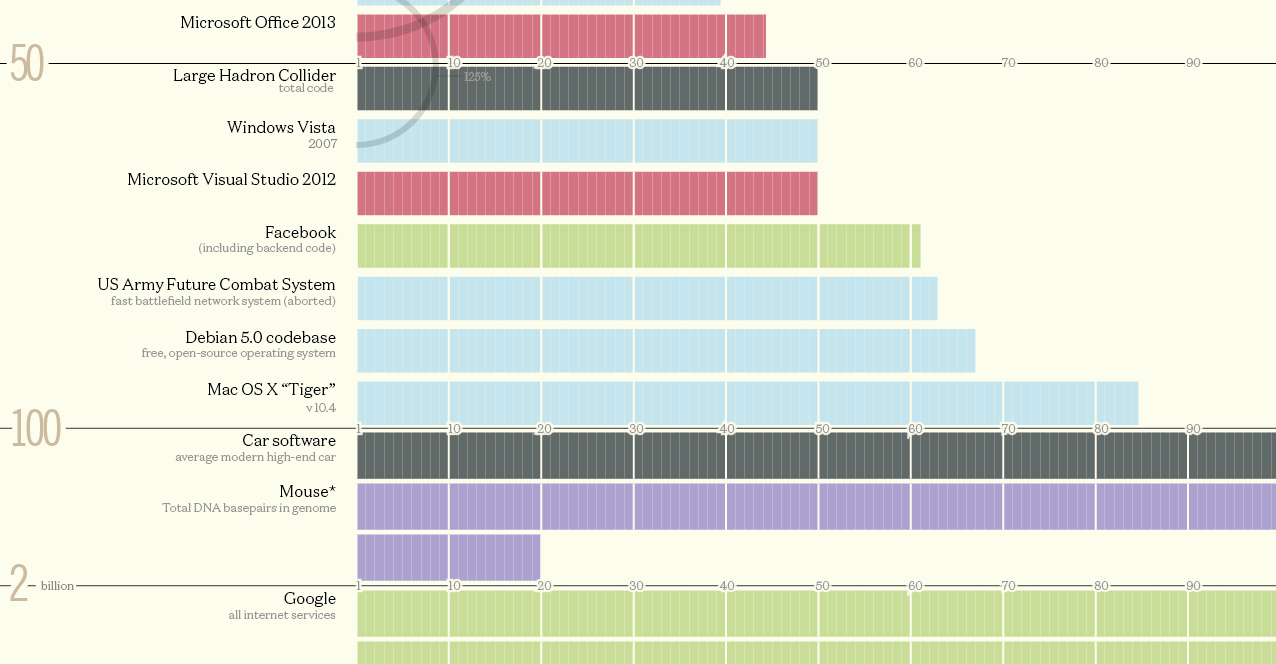Identifying an Efficiency Issue
As a young product manager, I witnessed firsthand how a small piece of viral software I helped develop caused major performance issues across our company’s systems. The messaging application was highly popular with users but consumed all available CPU resources each time it ran its scheduled tasks. This led to angry calls from branch executives whose other business apps ground to a halt. Facing a $5 million hardware upgrade bill, I refused to believe the only solution was spending tens of thousands on new CPUs for each server. As the person who helped kick off this project, I felt responsible for finding a better answer.

Analyzing the Source Code
While our software engineers planned to throw more hardware at the problem, I decided to take a closer look at the code myself. I started by carefully reviewing the documentation for the proprietary I/O module our code relied on to interface with messaging hardware. Through multiple readings of the manual, I noticed this component offered several configuration parameters that were not being utilized. When I asked the engineers why, they dismissed me as a non-technical product manager. Undeterred, I spent four days hacking on the code myself to experiment with different settings.
A Seven Line Fix Yields Major Gains
My tinkering paid off when I was able to craft a solution adding just seven extra lines of optimized code. By leveraging an undocumented option in the I/O module, the application now used its CPU resources far more efficiently—a mere 1% instead of maxing it out completely. I demonstrated this proof-of-concept to skeptical leadership, who were amazed to see such a substantial performance improvement from such a small code change. Within weeks, the $5 million hardware project was canceled as the more lightweight fix proved more than sufficient.
Overcoming Resistance to Non-Traditional Ideas
Not everyone was pleased by my unorthodox contribution, however. The software team resented changes to their “beautiful” code coming from an outsider like myself. They complained about adding more lines and relying on undocumented functionality. Leadership, on the other hand, clearly valued results over job titles or credentials. I was soon promoted to a new role traveling the world gathering direct customer input—a position that let me apply business insights far beyond what my original product management duties entailed.
The Value of Thinking Outside the Box
This experience taught me that truly solving complex problems often requires looking past traditional barriers. Metrics like lines of code say little about actual productivity or innovation. The best programmers approach each challenge with creativity, borrowing ideas from any discipline. As technologies evolve at an ever-faster pace, an open mindset will separate those who adapt from those holding onto outdated notions of who or what constitutes a “real” developer. Thinking outside the proverbial box proved pivotal in delivering real value for my company—and launching my career in a brand new direction.
Creatively Solving Challenges Through Code
To this day, I take pride in my ability to creatively solve technical challenges through code despite having no formal engineering background. That youthful experience saved my company millions through a handful of optimized lines, and set me down an unconventional path leveraging both technical skills and business acumen. While professional environments still struggle with notions of “who belongs,” true progress stems from diversity of thought. My unorthodox contribution taught those around me to value pragmatic solutions over arbitrary restrictions on who or what counts as expertise. Most of all, it reminded me that passion and problem-solving can matter far more than any job title in making a meaningful impact.

 My Packing Essentials for International Travel
My Packing Essentials for International Travel